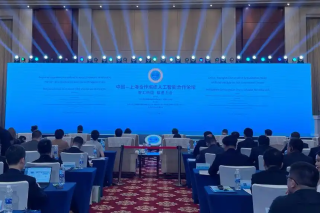Discovering some of Tianjin’s diverse cultural heritage
Across the river, towards one of the city’s modern icons, Tianjin Eye, is the Great Compassion Temple (‘Dabeiyuan'). Indeed I was first there in 2004, returning several times since. First built during the Ming Dynasty (1368-1644) it has been considerably renovated and consists today of a West and East Monastery. A fascinating location to learn more of Buddhism history and culture, it also acts as a museum of Buddhist Art. That museum contains more than 100 bronze, iron and wooden Buddhist statues, some dating back to the 3rd century, depicting differing images of Buddha. I really appreciated my time there, relaxing to the soft sounds of chanting, the aroma of incense burning and the flickering of red candles placed by visitors in front of altars. Somehow, it would remove me from the busy feel of urban life while also creating a brief period for reflection.
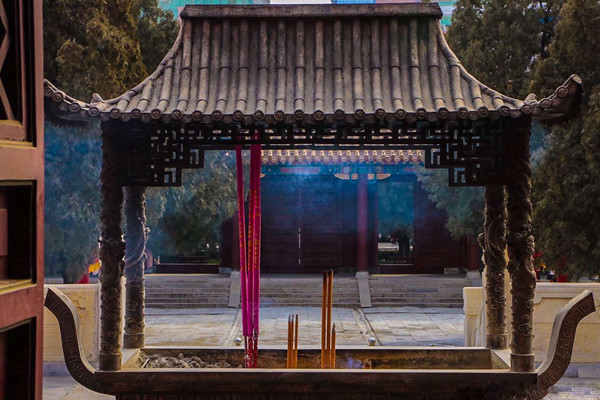
Incense burner Confucius Temple Tianjin
My exploring of Tianjin’s cultural legacy inevitably took me beyond the city’s central area. A relatively short distance downriver I found more fascination. On the north side of the Haihe River, within Hedong district is Dazhigu, an area regarded as the ‘birthplace’ of modern Tianjin. Indeed, the local metro station has several graphic wall murals recalling former bustling periods in Dazhigu’s history. In earlier days, there were over 30 monasteries and nunneries within its area. Jianfu Guanyin Temple, which I visited, was actually constructed during the 20th century. Guanyin is regarded as the Goddess of Mercy. Again, I felt a sense of tranquility within its compact grounds. The temple’s central Yuantong Hall features a 4-faced 1000-hand Guanyin tree while in the courtyard a 600 year old pagoda trees continues to grow. I recall while sitting within that courtyard, local people would come up and give me some delicious fruit to enjoy.
South of the Haihe, within Hexi district, is Guajie Temple. Dating originally from Liao Dynasty (907-1125) it was restored and opened in 2007. Its compound includes some fascinating architecture.
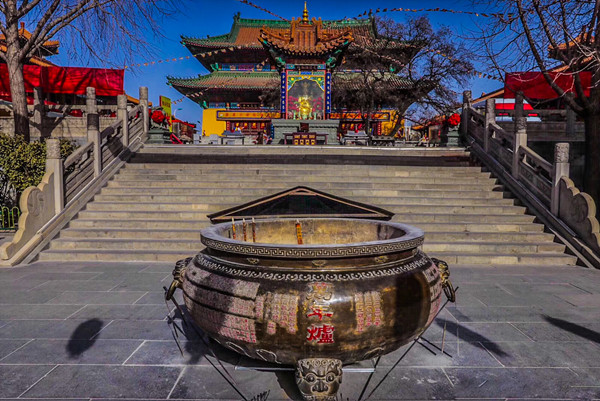
Jianfu Guanyin Temple Zhugu Tianjin
One of the many fascinating areas in Tianjin to visit is Hongqiao district, particularly to the west of historic Gulou. Around Dafeng Road and near to Xibeijiao Metro Station is home to a significant number of Tianjin’s Muslim population.
Traveling across Northwest China I was fascinated by the presence of Muslim (Hui) communities and how they had come to live there. In many Chinese cities, including Xi’an and around areas such as Beijing’s Niujie, I came upon vibrant Muslim neighbourhoods. Over many centuries, traders were steadily moving along overland trade routes, the Silk Roads, from predominantly Muslim Central Asia. Others came by boat via the Maritime Silk Road, reaching Southern China’s coasts. Some would ultimately settle in China, becoming part of local communities.
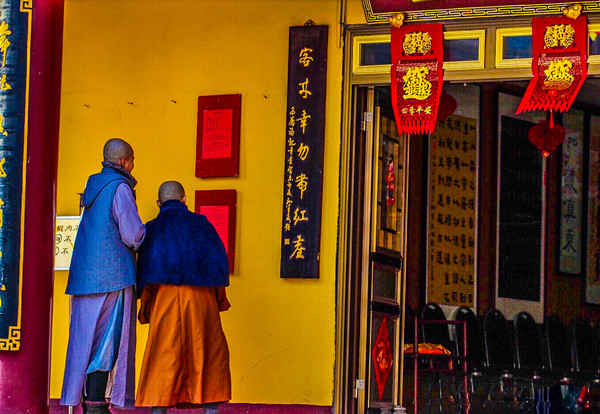
Jianfu Guanyin Temple Zhugu Tianjin
Tianjin, possibly due to its position as a major trading port, has long had a Muslim presence as can be seen by Tianjin Great Mosque on Dafeng Road. It dates back to 1644 during the early days of Qing Dynasty (1644-1911). The mosque, reconstructed in 1801, today represents a significant example of Islamic architecture. Indeed, it is viewed as one of China’s more famous mosques. I visited it on several occasions, spending time within its main courtyard. There I admired its historic design incorporating traditional Chinese palace architectural styles while featuring Muslim characteristics. Its main hall can accommodate over 1000 people. Visitors however can only enter the courtyard, though not the main hall. Several other mosques can be found within the neighbourhood including a newer one, Hongqiao Mosque, on Dafeng Road.
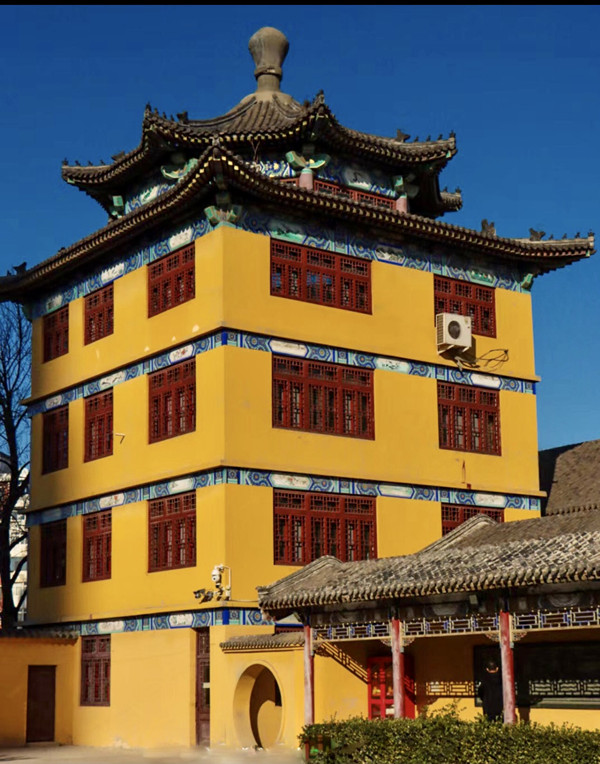
Guajie Temple Hexi Tianjin
To the south, close to Xibeijiao Metro Station, there is a truly fascinating area to explore. It is home to a wealth of small snack stalls, restaurants, shops selling traditional Muslim cuisine including grilled, spicy lamb skewers. A narrow alley, Huanqing West Hutong, leads down past Tianjin South Mosque to very popular Xiquan North Street. That street is also lined with many shops and restaurants reminding me of my earlier times, for example, in Xi’an.
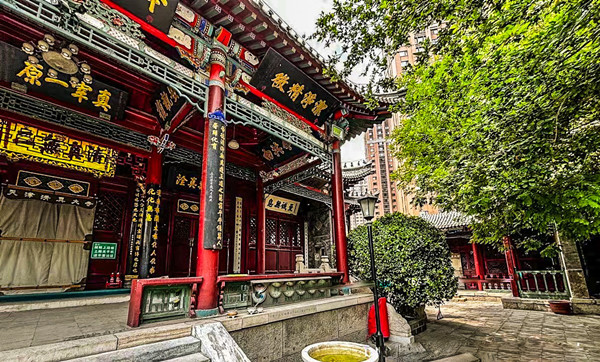
Tianjin Great Mosque
Tianjin is a city offering so many attractions, often local, providing a range of unique experiences for visitors. I also felt that exploring the city does reveal that considerable harmony exists between its various communities.
Tianjin, I could always find somewhere interesting to spend time, photographing and learning more of its long history.

Copyright ©
Tianjin Municipal Government. All rights reserved. Presented by China Daily.
京ICP备13028878号-35


